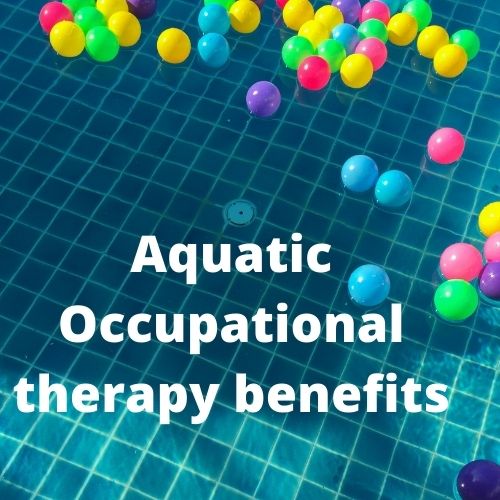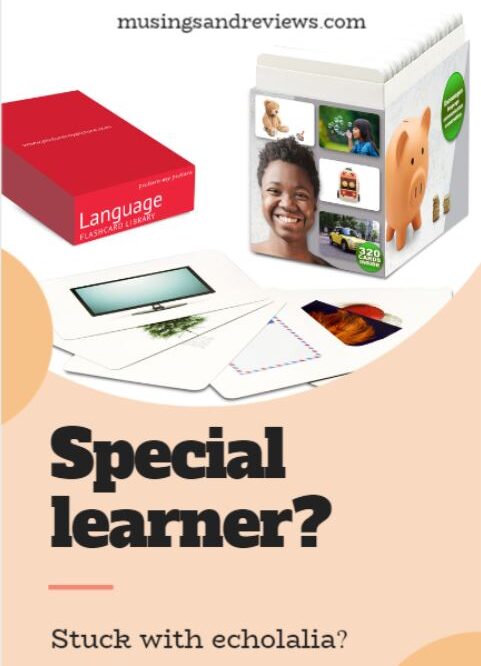Aquatic occupational therapy, heard of it?
Have you struggled with a child with gross motor delays? Did they trip and fall often, could not hop, skip and jump as their peers did? There is certainly something you can do to help along while supporting their skill development in other areas. Heard of Aquatic occupational therapy (Aquatic OT)? What is it? It is a unique, yet evidence-based, type of therapy practice where water is used as a therapy tool. It is not common to see occupational therapy for children in the aquatic environment. You will see kids in the sessions that look a lot like traditional therapy








